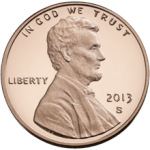 What is the diameter of a penny? The U.S. Penny in all its forms since 1858 is 19.05mm or .75 inches in diameter. The US has minted a penny in many types over the years and all can be protected and stored in various methods shown here.
What is the diameter of a penny? The U.S. Penny in all its forms since 1858 is 19.05mm or .75 inches in diameter. The US has minted a penny in many types over the years and all can be protected and stored in various methods shown here.
The Lincoln cent (or sometimes called Lincoln penny) is a one-cent coin that has been struck by the United States Mint since 1909. The obverse or heads side was designed by Victor David Brenner, as was the original reverse. The coin has seen several reverse, or tails, designs and now bears one by Lyndall Bass depicting a Union shield. All coins struck by the United States government with a value of 1/100 of a dollar are called cents because the United States has always minted coins using decimals. The penny nickname is a carryover from the coins struck in England, which went to decimals for coins in 1971.
In 1905, sculptor Augustus Saint-Gaudens was hired by the Mint to redesign the cent and the four gold coins, which did not require congressional approval. Two of Saint-Gaudens’s proposed designs for the cent were eventually adapted for the gold pieces, but Saint-Gaudens died in August 1907 before submitting additional designs for the cent. In January 1909, the Mint engaged Brenner to design a cent depicting the late president Abraham Lincoln, 1909 being the centennial year of his birth. It was the first widely circulating design of a U.S. president on a coin, an idea that had been seen as too monarchical in the past, namely by George Washington. Nevertheless, Brenner’s design was eventually approved, and the new coins were issued to great public interest on August 2, 1909.
Brenner’s initials (VDB), on the reverse at its base, were deemed too prominent once the coins were issued, and were removed within days of the release. Creating the most well known circulated Penny! The initials were restored, this time smaller, on Lincoln’s shoulder, in 1918.
Category
- No categories
Showing all 8 results
-

Aluminum Coin Case for Lincoln Cents & Indian Head Pennies
$49.95 View MoreMore Information -
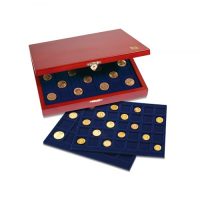
Coin Case “Elegance” for Lincoln & Indian Head Cents / Pennies
$69.95 View MoreMore Information -
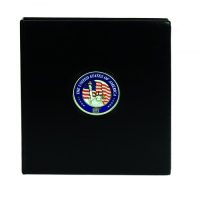
Premium US Lincoln & Indian Head Penny Album
$59.95 View MoreMore Information -

Coin Case For Lincoln Cents “Premium”
$79.95 View MoreMore Information -

Coin Case for Cents & Dimes-Nova Exquisite Drawer w/63 Compartments
$49.95 View MoreMore Information -
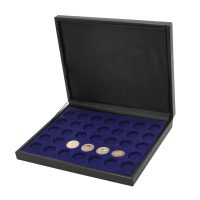
Leather Coin Case for 63 Cents, Dimes or Other Coins to 19.5mm
$99.95 View MoreMore Information -
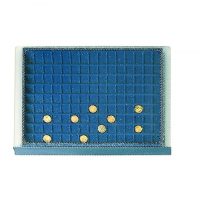
Coin Collection Storage Drawer 135 Angled Compartments for Pennies, Dimes, etc
$49.95 More Information -
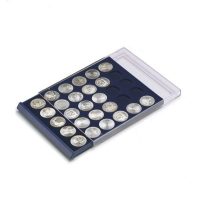
Stackable Coin Storage Drawer for Cents & Dimes w/63 Compartments (3/4″)
$24.95 View MoreMore Information
